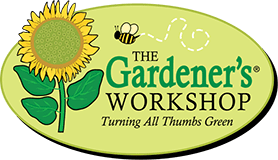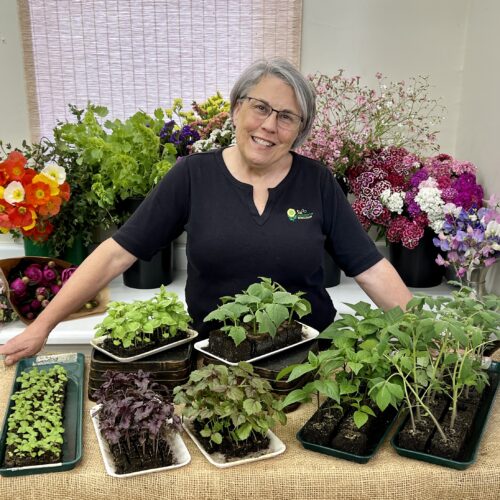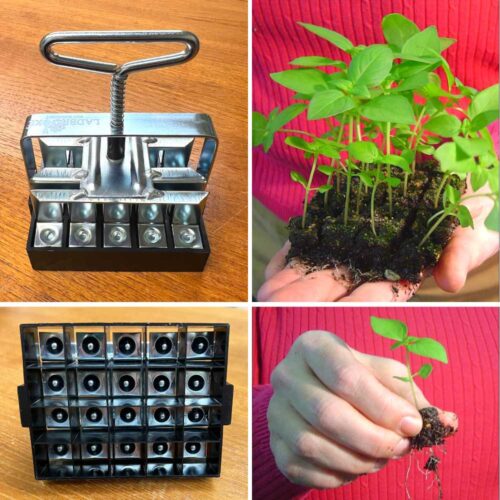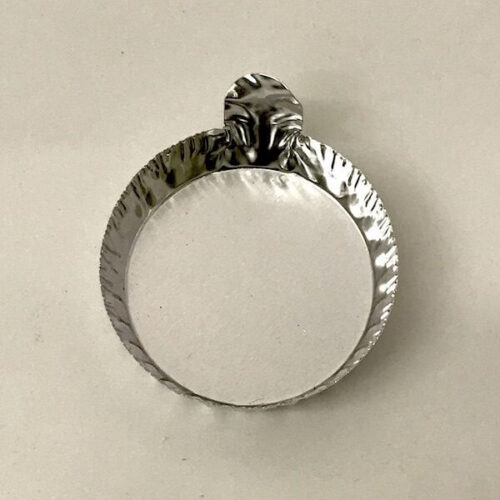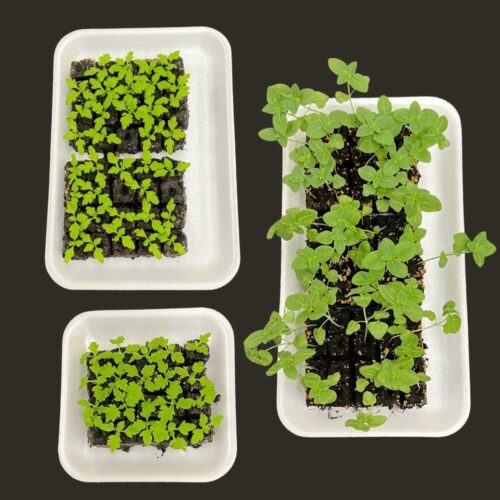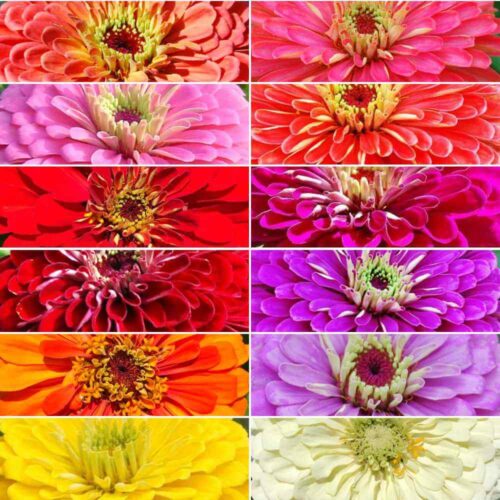The Love of Hellebores
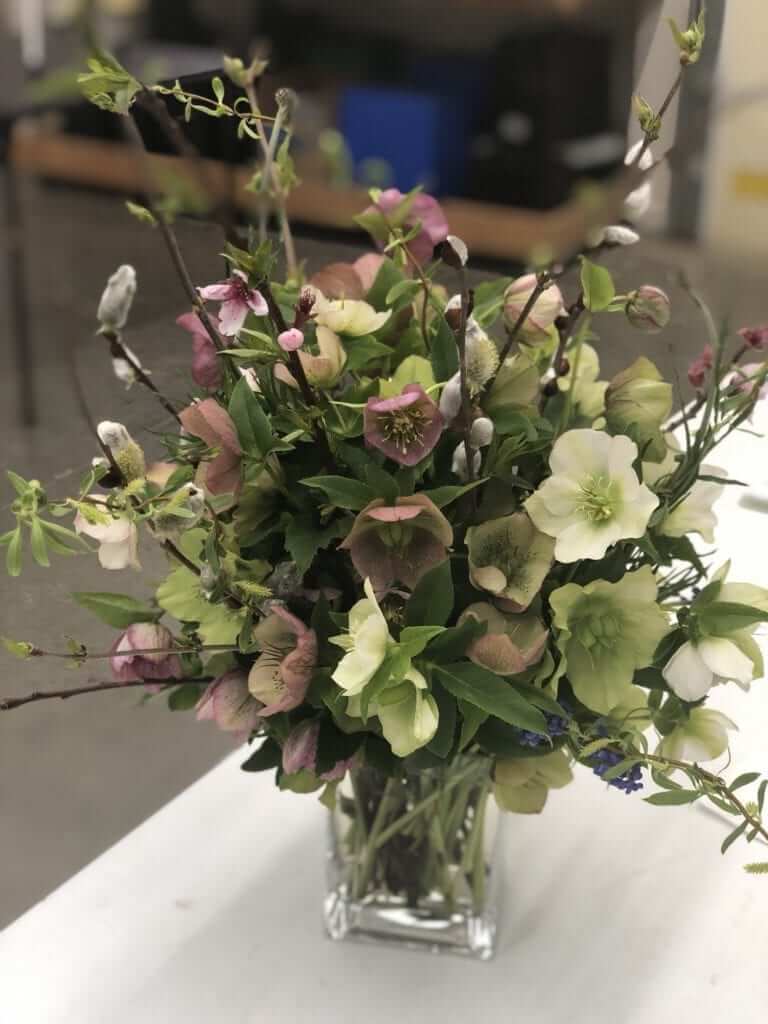
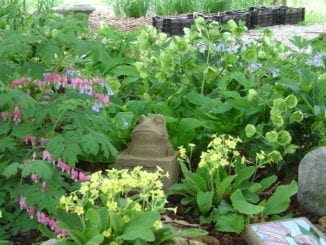
Virginia bluebells, primroses, and bleeding hearts are the perfect companions for hellebores. All transplanted from my previous home.
Located just beyond the backdoor in my cozy shade garden are the superstars of spring, my Hellebore patch. This garden lays at the foot of our family Saucer Magnolia tree, often called a tulip tree. Stevie’s grandparents planted the tree about 50 years ago and I began the shade garden under it in 1996. This garden has grown into a beauty.
I started this shade garden by transplanting the core of it here from my previous home. It included three Helleborus Orientalis plants that were my first garden plant purchase ever! Looking back now, it seems like it was a good choice!
To build my stock of plants through the years, I have split those first plants a couple of times, plus they have reseeded, and I was gifted with another species called Helleborus Niger. All of these efforts have increased my population to a pretty sizable mass of plants. This patch has become a significant cash crop on my flower farm.
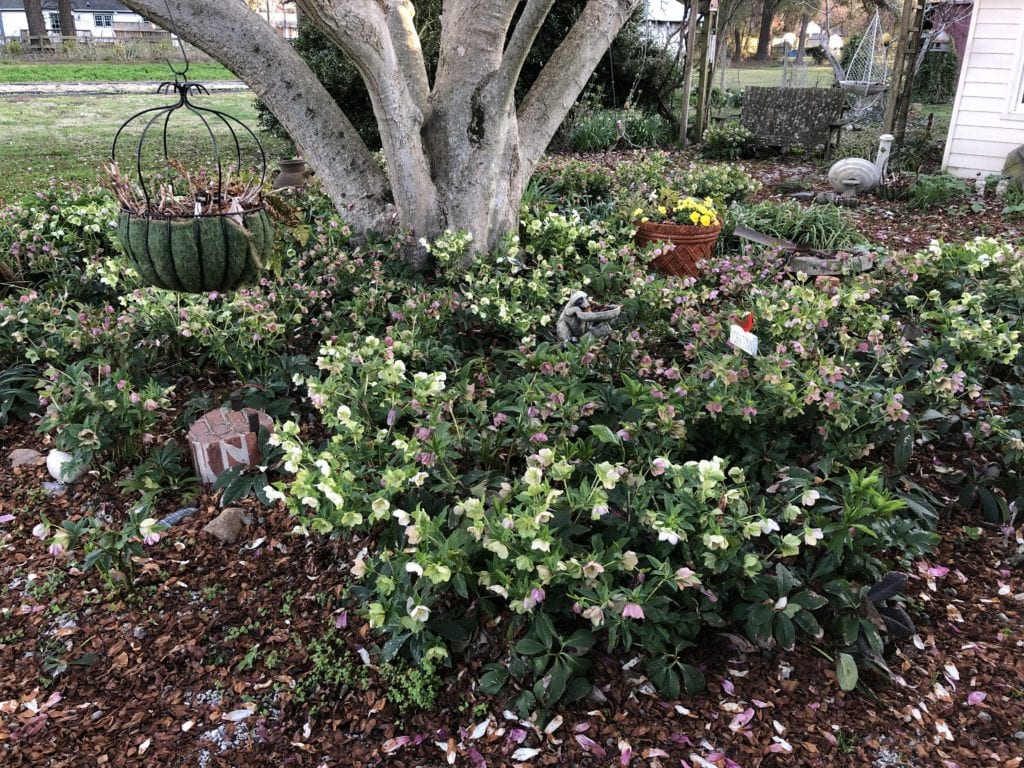
My shade garden in 2019 at peak hellebores blooming.
The two species that I grow are Helleborus Orientalis and Helleborus Niger. I find them to be the easiest, most prolific, and long-lived with little to no care. Some of the new more costly hybrids, they do not reproduce by seed because they are sterile and can be more of a challenge to grow.
As this garden comes to life each January, breaking through ice and snow into freezing temperatures, I am reminded that anything is possible in a garden. The hellebore blooming season has become my annual sabbatical you might say as a preparation for the coming season of cut-flower farming.
Hellebores grow at the base of large greedy trees that suck the life out of most other plants. They are evergreen, deer resistant, grow in deep shade, and are drought tolerant. All this makes them the perfect garden member. Give them a couple of years, shade, and excellent drainage, and stand back.
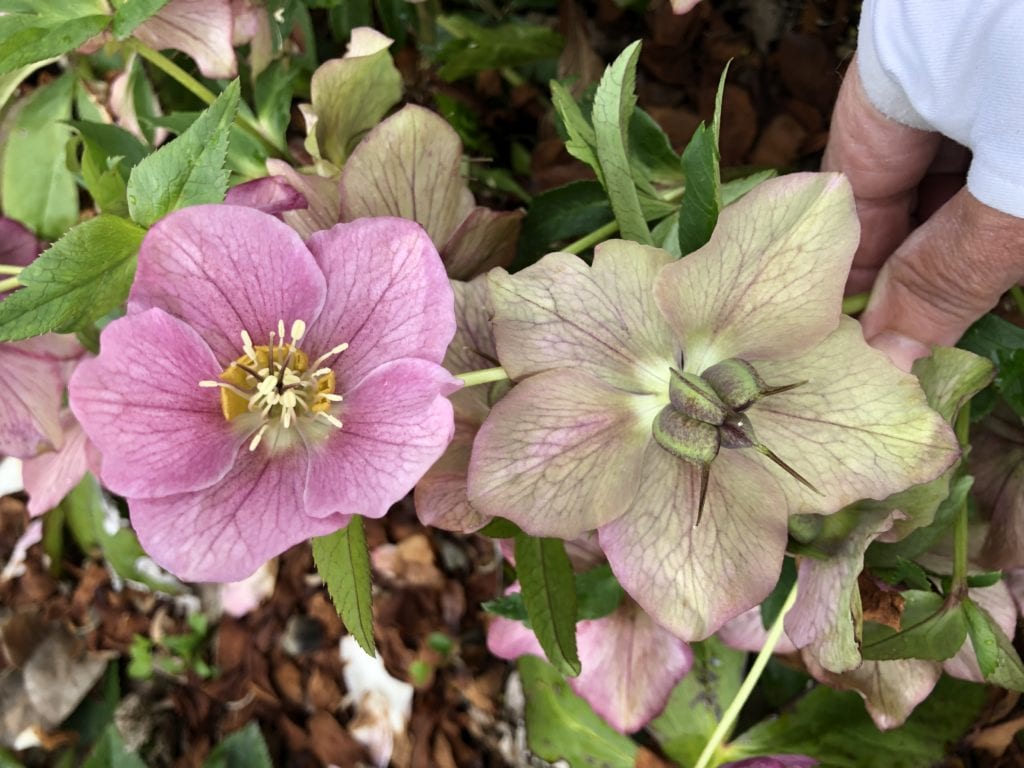
Bloom on the right is ready to be harvested with its developing seed pods. The bloom on the left still needs to develop more before harvesting.
Harvesting Blooms
In addition to being this incredibly easy keeper and beautiful garden plant, they produce excellent cut-flowers. It is one of the few flowers that should not be cut until their show is almost over in the garden. When they first bloom, the blooms are facing the ground and the petals often have color. As the blooms begin to mature, the heads start to lift upward to show more of the face of the bloom.
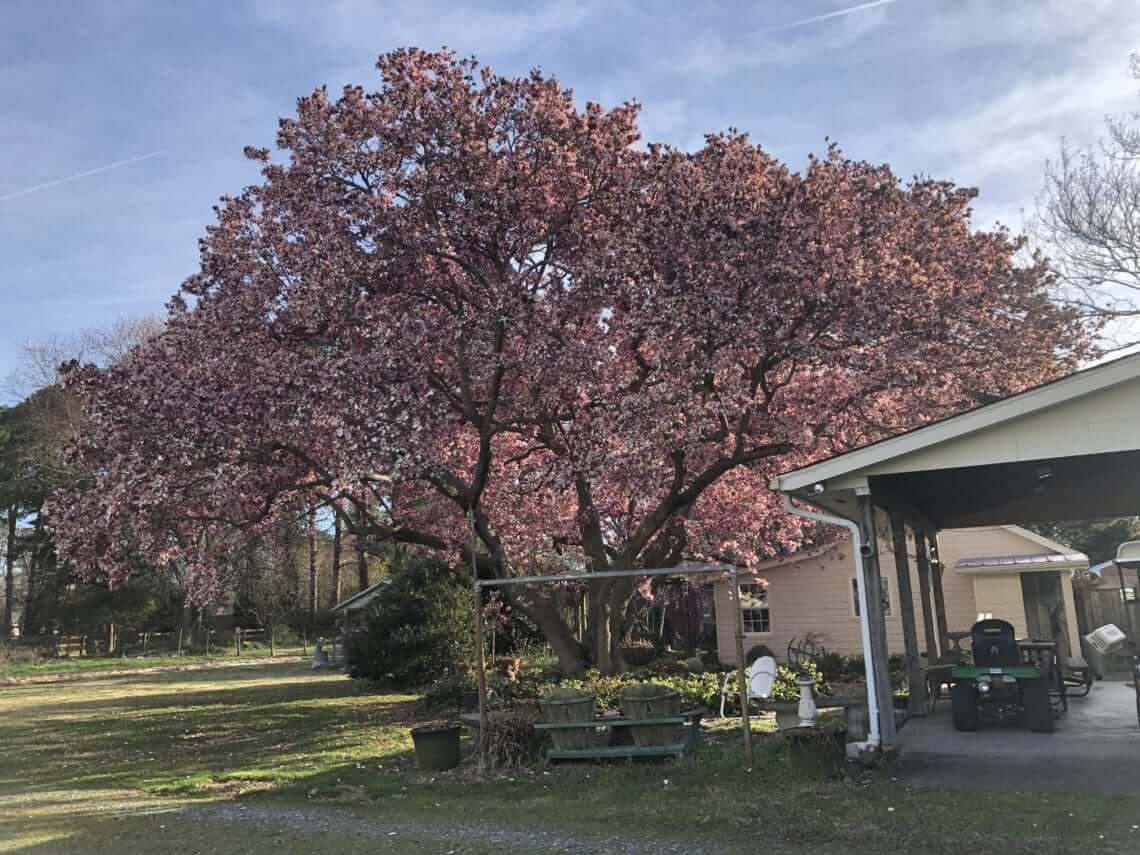
The Saucer Magnolia tree in full blow.
As the blooms enter into the last stages of life is when they make the best-cut flower. The proper time to cut: is when the blooms have lifted and are starting to change color along with the center of the bloom beginning to develop pods. At this stage, they are very long-lasting cut flowers. Cut the stem at ground level to get the maximum length. I have not found hellebore plants to be a cut and come perennial, but I do get many stems from mature plants.
The beauty of hellebore plants are many. For me it’s the first sign of spring, watching them go through their life cycles that change the face of the garden almost daily. The end result? A great cut flower. Not bad for an easy plant.
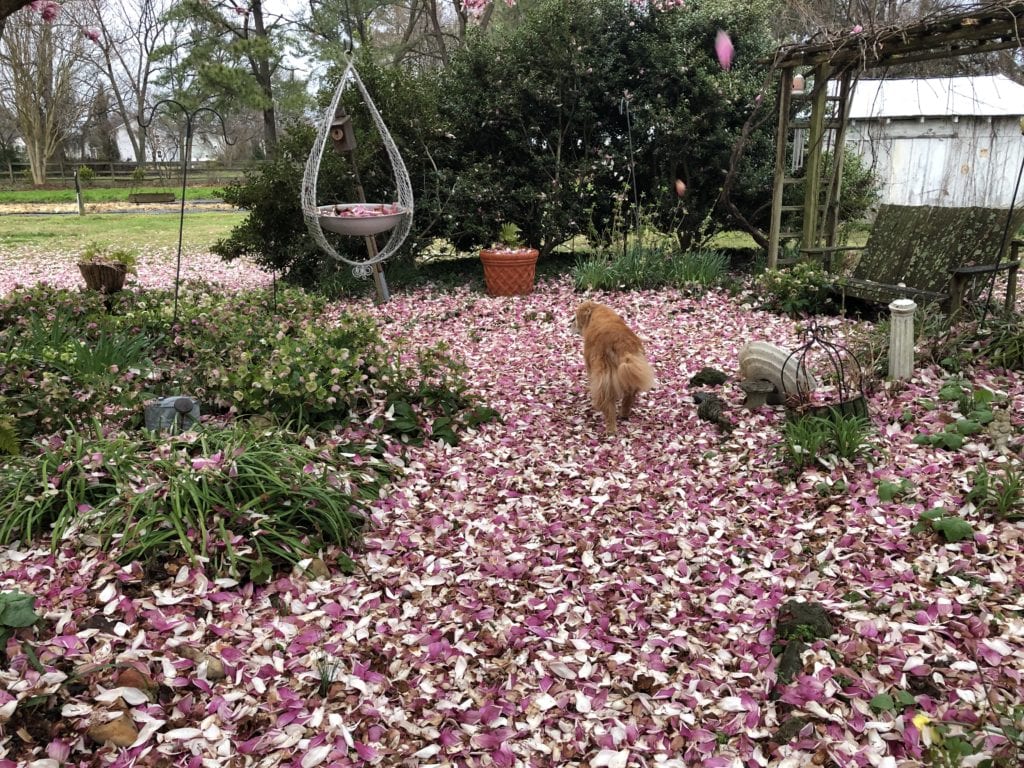
The Saucer Magnolia tree dropped her petals over the shade garden laying beneath her branches.
Although many Helleborus reseed freely in the garden when they are happy and well-established I recommend starting with plants, not seeds. It takes over a year just to get a little seedling. So visit your local nursery or order plants online to get your hellebore patch started.
Watch Lisa Live! featuring hydrangeas and the hellebore garden on the farm.
Two recommended links to purchase plants and they also offer excellent growing information. Purchase plants at local nursery’s or online: Plant Delight Or Pine Knot.
Request my webinar: Why and How I Grow Hellebores.
Happy gardening!
Lisa Z
The Field and Garden Blog is produced by Lisa Mason Ziegler, award-winning author of Vegetables Love Flowers and Cool Flowers, owner of The Gardener’s Workshop, Flower Farming School Online, and the publisher of Farmer-Florist School Online and Florist School Online. Watch Lisa’s Story and connect with Lisa on social media!
